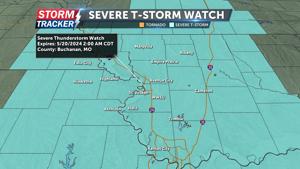
May 8, 2024 This article has been reviewed according to Science X's editorial process and policies . Editors have highlightedthe following attributes while ensuring the content's credibility: fact-checked peer-reviewed publication trusted source proofread by Pennsylvania State University Ancient, expansive tracts of continental crust called cratons have helped keep Earth's continents stable for billions of years, even as landmasses shift, mountains rise and oceans form. A new mechanism proposed by Penn State scientists may explain how the cratons formed some 3 billion years ago, an enduring question in the study of Earth's history.
The scientists report in the journal Nature that the continents may not have emerged from Earth's oceans as stable landmasses, the hallmark of which is an upper crust enriched in granite. Rather, the exposure of fresh rock to wind and rain about 3 billion years ago triggered a series of geological processes that ultimately stabilized the crust—enabling the crust to survive for billions of years without being destroyed or reset. The findings may represent a new understanding of how potentially habitable, Earth-like planets evolve, the scientists said.

"To make a planet like Earth you need to make continental crust, and you need to stabilize that crust," said Jesse Reimink, assistant professor of geosciences at Penn State and an author of the study. "Scientists have thought of these as the same thing—the continents became stable and then emerged .















